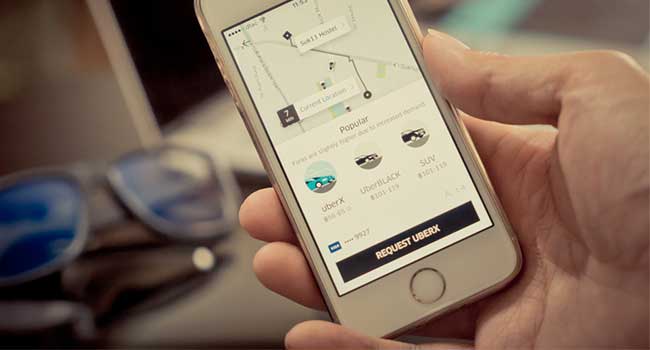
Uber Can Track Devices, Even After You Delete the App
Uber has been in hot water for quite some time now following remarks made by the CEO Travis Kalanick that had users believing the company did not care to help employees affected by President Trump’s Travel Ban.
Quickly a protest spread across social media, users of the popular ride-sharing app urged others to delete the application from their devices as a way to pressure Kalanick into denouncing the Ban and helping those affected by it. Members of Twitter posted screenshots of their devices while deleted the app with the hashtag #DeleteUber. Over 200,000 people deleted the app, but as it turns out, it isn’t so easy to shake Uber.
Even after you have deleted the app from your device, the company can still track your location, according to recent New York Times article. Kalanick asked his employees to breach the rules of Apple by secretly identifying and tagging iPhones even after its app has been deleted and the devices erased, a technique known as fingerprinting.
When someone uninstalls an app that uses fingerprinting, it leaves behind a small piece of code that can be used as an identifier if the app is ever reinstalled on the device.
Kalanick calls it a fraud detection maneuver, but it violated Apple’s privacy guidelines. At the time, it was a good way for the company to keep track of individual phones that some drivers used to make fake accounts, boost the number of rides they accepted and make more money.
To keep Apple from finding out about the secret data stealing software, Uber engineers allegedly built a digital fence around the company’s offices.
In a meeting with Tim Cook in 2014, Kalanick found out that he and his engineers were busted. Cook threatened to pull the app off Apple’s App Store, a move that would have cost Uber millions of iPhone customers – essentially destroying the company’s business.
In a recent statement, the company says it doesn’t track users who delete the app, but also said that “being apple to recognize known bad actors… is an important security measure.”
It is unclear if Uber is still using the data stealing technique on “bad actors.”